LG C1 review (OLED65C1): the ideal OLED TV for most people
Despite being replaced, the LG C1 still offers super OLED picture quality at great value

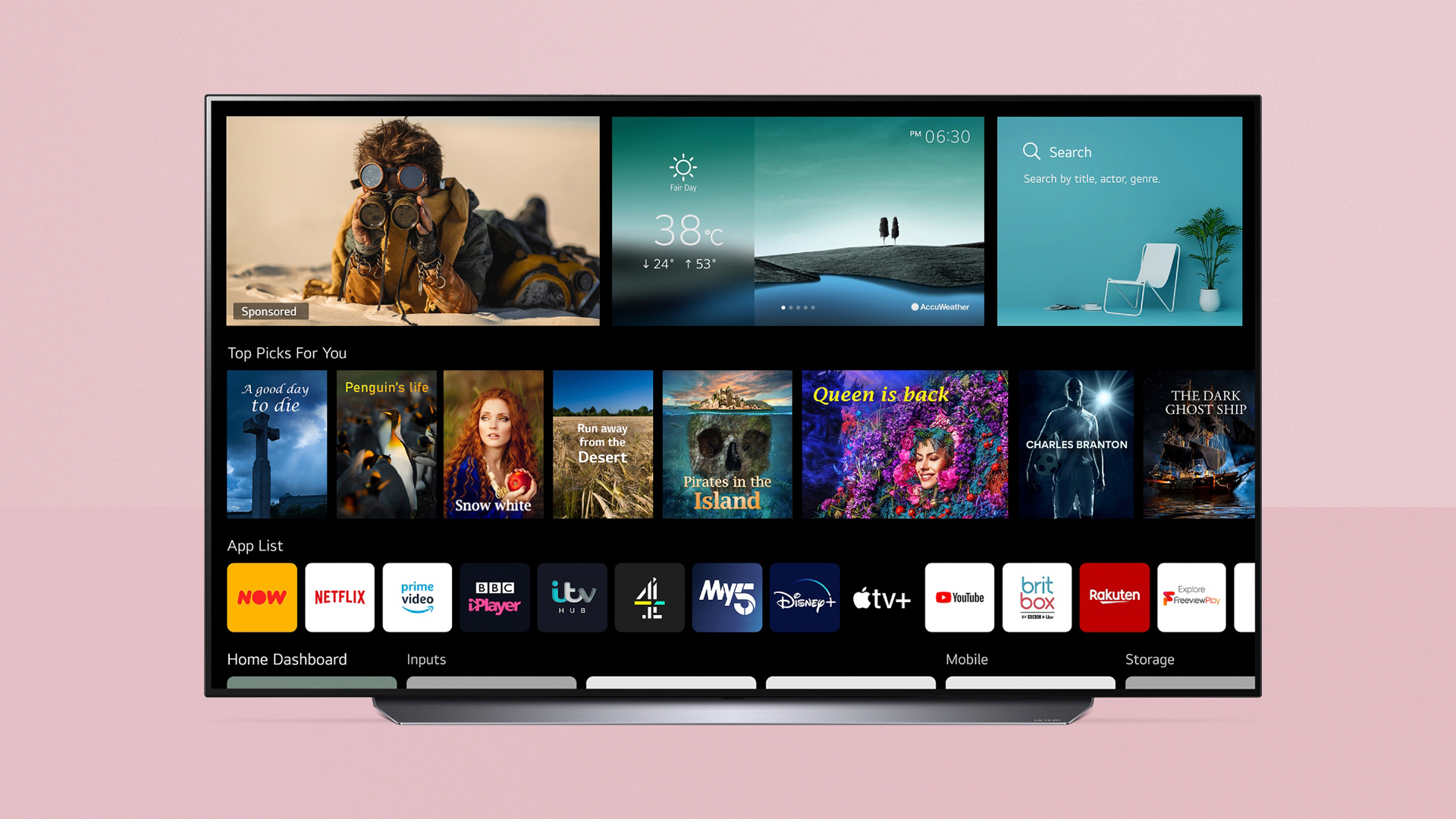
The LG C1 brings extra sharpness and refinements to its images, and connectivity and features remain at the head of the pack. It was a smash hit at launch – and remains one now, thanks to an even more attractive price point.
-
+
Sensational picture quality
-
+
Game Optimizer
-
+
Excellent connectivity
-
-
No HDR10+
-
-
Middling audio performance
-
-
New webOS lacks customisation options
Why you can trust T3
The LG C1 reviewed so well upon its launch in 2021, because it's a superb OLED TV. It's since been replaced by the LG C2, but that's not necessarily a bad thing – as it makes the older model all the more affordable and attractive.
Available in screen sizes from 48- up to 83-inches, the LG C1 is home to LG’s entire premium feature set (with the exception of the brand’s brighter new Evo panel technology, which is reserved for the LG G1 and G2), making it as well specced as most of the best OLED TVs.
Read on and we’ll explain why the LG C1 still has a strong claim to be the best all-round OLED LG for most people, while asserting its importance among one of the best gaming TVs.
LG C1 review: Price & release date
Whatever screen size you want, LG has you covered. The C1 is available in 48-, 55-, 65-, 77-inch and, for the first time, 83-inch guises (known as the OLED48C1, OLED55C1, OLED65C1, OLED77C1 and OLED83C1).
At launch the 48-inch model was priced £1,299/$1,499, the 55-inch model £1,699/$1,799, the 65-inch model £2,499/$2,499, the 77-inch version £4,499/$3,799, and the 83-inch version £6,999/$5,999.
As you can see from the real-time price widget below, however, those prices aren't what you can buy the TV for today. It's cheaper by a few hundred at least across every size option, making it a real appealing option.
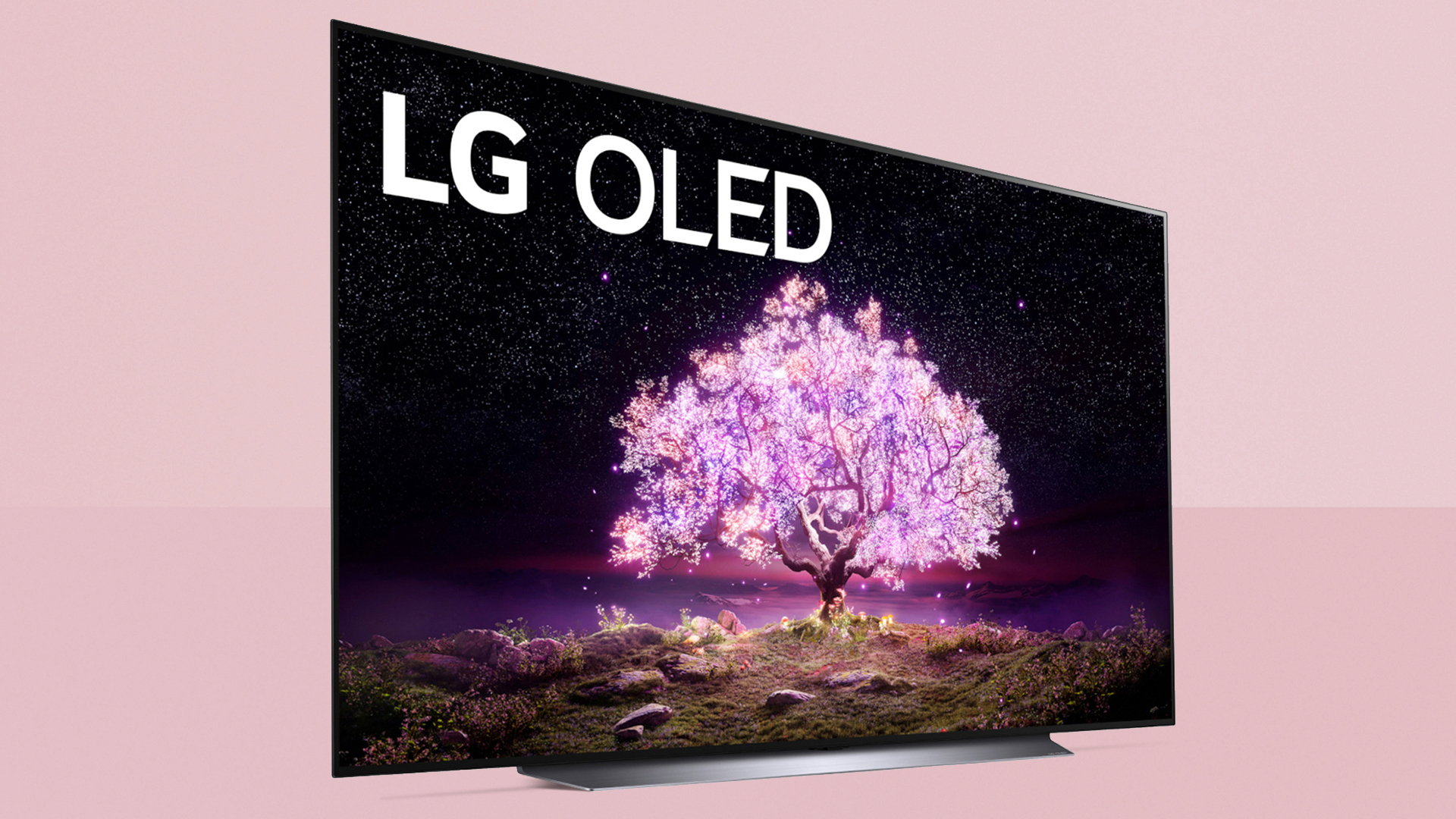
LG C1 review: Features & what's new
The major image changes in the LG C1 compared to 2020's LG CX are in the processing, which uses a year's worth of advancement in so-called 'AI' enhancements, which enable the TV to recognise more specific types of scenes, and to make custom adjustments that make the images look as good as possible depending on what's being shown.
Connectivity is accomplished. All four HDMI ports are HDMI 2.1, and support 4K 120Hz (capped at 40Gbps @ 10-bit 4:4:4, for those who follow such specifics), making the set an obvious partner for the PlayStation 5 and Xbox Series X.
There are also three USB ports, a digital optical audio output and Ethernet. Wireless options cover Bluetooth 5.0, Apple AirPlay 2 and Wi-Fi. There’s support for both Google Assistant and Amazon Alexa voice content.
Having won over home cinema fans with its OLEDs, LG has its sights set on wooing gamers even more than previous models. The C1 has support for VRR (Variable Refresh Rate), NVIDIA G-Sync, and AMD FreeSync, as well as ALLM (Auto Low Latency Mode). There’s also eARC, for routing sound out of the screen into one of the best soundbars – although bear in mind that the low stand means there's little scope to sit a soundbar in front of the panel without obscuring the screen.
As part of LG’s enthusiasm for gaming, there’s also a new Game Optimizer menu which allows quick access to gaming specific features and requisite tweaks to brightness, VRR and so on. Game Genre selection, which applies picture processing based on play style, is particularly useful, with slightly different processing applied depending on whether you’re playing an FPS, RTS or RPG, so slower-paced games can have image quality boosted, and face-paced games can focus on response time.
LG’s webOS smart platform was once the gold standard for smart connectivity, but it became increasingly unwieldy as more and more functions were added. Here we see the fruits of a radical full-screen reimagining, and it’s largely successful.
We like the extra screen space the full frame offers (admittedly it feels a lot like Android or Google TV now), and all expected streaming services are onboard, including Netflix, Amazon Prime Video, Disney+, YouTube and many more.
However it would have been nice to customise its recommendations. There’s little point being served highlight thumbnails from Apple TV+ if you don’t subscribe to the service.
For UK buyers, the C1 also sees the return of Freeview Play, which brings with it a full range of catch-up TV services, including BBC iPlayer, ITVHub, All4 and My5, plus a roll-back programme guide to peruse.
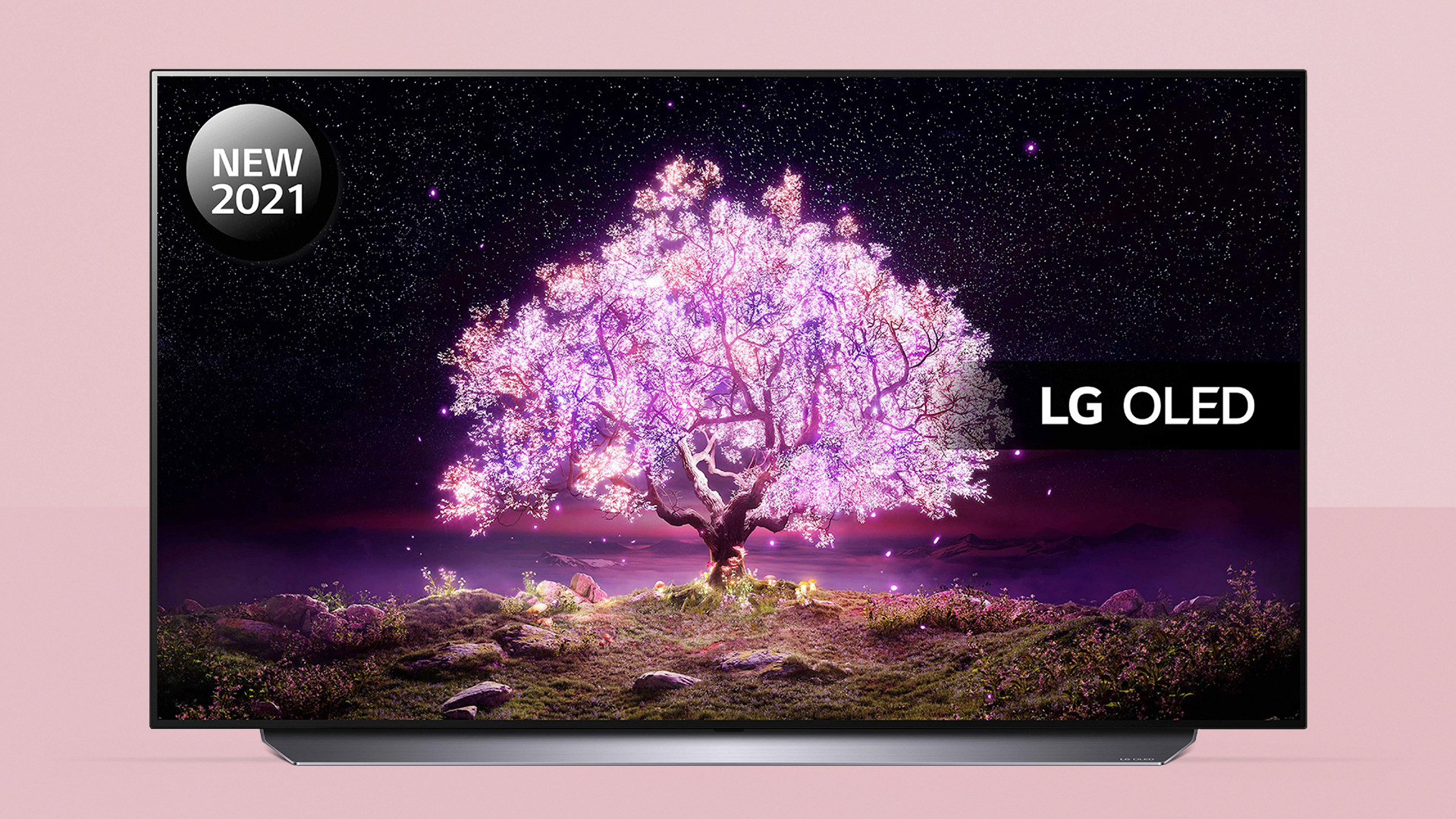
LG C1 review: Picture performance
LG OLEDs have a tendency to impress straight from the box, but the C1 really rocked us back on our couch. We expect perfect blacks and nuanced near black performance, but there’s a new found smoothness to the C1’s colour, an unerring sharpness to its images (and not just with native 4K, but upscaled Full HD too), that’s often breathtaking.
The key picture presets here are Standard, Vivid, and Cinema Home. All three impress. There’s also a dedicated Filmmaker Mode, regular Cinema, Eco, plus some ISF settings – Expert (Bright Room) and Expert (Dark Room).
Standard is the go-to recommendation for most content, and works fine with studio broadcasts and sports coverage, but Vivid, often reviled because of its heavy saturation, is a real crowdpleaser too, particularly with superhero movies that use a denuded colour palette and animations designed to pop.
Cinema Home is great for movies when you’re not watching in a fully blacked out room. It offers a brighter mid-tone performance and more vibrant colour than the standard Cinema mode, but still seems very filmic.
Filmmaker Mode should only be engaged in dark room conditions. It reflects the standards used in mixing studios, but outside of that environment it can actually look rather dull, particularly with SDR content. It’s akin to taking your display back to the mid-noughties. Things improve considerably when it’s used with 4K HDR content, though.
There’s a full suite of AI modes (grouped under the AI service setting), which offer blanket processing improvements regardless. AI Picture Pro crunches video content and applies noise reduction and sharpness in real time, while AI Brightness offers an HDR-style lift to SDR programmes. Similarly, AI Sound Pro uses clever audio processing to lift and separate two channel and 5.1 mixes.
The C1 delivers lots of ‘wow, that’s better than last year’ moments. Motion handling is particularly noteworthy, courtesy of some clever new image interpolation techniques.
A Cinematic Movement option that controls the level of frame merging is particularly effective, and all but eliminates the horrid soap opera effect (if you’re a fan, Smooth is still available).
There are seemingly small, but significant improvements to picture handling too. The set runs the brand’s 4th-gen Alpha 9 image engine, with AI enhanced image processing. It’s astonishingly powerful.
LG’s AI Picture Pro picture system has had a deep learning performance bump this season which allows it to better optimise and analyse images in real time; it seems HD upscaling is also a beneficiary.
Image gradations are effortless, thanks to improvements in dynamic tone mapping. We spotted fewer errant halos around high contrast highlights. Pictures look smoother, almost photographic. You stare into its images, rather than look at them.
The C1 also delivers lovely, naturalistic HDR. Peak highlights were measured at 750 nits using the Standard image present and a 5% measurement window (better reflecting how highlights typically appear on screen). This isn’t as perky as the new 'OLED Evo' panel on the G1, but it’s not far off at all.
HDR covers Dolby Vision, HDR10 and HLG. There’s no support for HDR10+, the dynamic metadata favoured by Amazon Prime Video, sadly – it might be of limited use, but you really should be able to get the best
The set’s latency performance is very good for gaming. We measured input lag at 12.6ms (1080/60) with Game mode on.
LG C1 review: Sound quality
While the C1 generally over delivers on the video front, its audio performance is less stand-out. The screen has volume – output is rated at 40W cumulative - and boasts Dolby Atmos decoding, but the physical speaker configuration is limited by the set’s cabinet design.
LG gets around this to a certain extent by using virtualisation. AI Sound Pro enlarges the soundstage and sharpens dialogue for standard content. Dolby Atmos decoding is switched in when it's detected, a virtual height channel offering faux immersion.
For everyday use it’s fine, the results sometimes surprisingly good, but we suspect buyers will soon be thinking about an external upgrade, be it a soundbar or AV receiver.

LG C1 review: Design & usability
The C1 is predictably wafer thin, and has premium flourishes. Facing forward, it’s all micro-bezel and pouting pedestal stand lip, around the back is a giant counter weight. The finish on the back panel is a stylish grey (circa original PlayStation).
The set ships with a newly downsized Magic Remote control, which sits a little easier in the hand. This features dedicated buttons here for Netflix, Prime Video, Disney+ and Rakuten TV, plus has Google Assistant and Alexa shortcuts.
Oddly, while the Magic Remote made sense with the old-style webOS, it feels a little at odds with the new full-screen webOS v6.0; the on-screen cursor is an almost redundant affectation.
In addition to the new webOS, LG has also revised its menus, making them aesthetically a little more appealing.
LG C1: Verdict
The LG C1 didn't disappoint at launch in any way – and even a year on it's a stellar OLED option to consider.
Its picture quality remains outstanding with both native 4K and upscaled HD, while a plethora of gaming options, along with the new Game Optimizer menu, makes this a great display for joystick junkies as well as a movie maestro.
Also consider
UK and European readers should also take a serious look at the Philips OLED+935. This features image quality at largely the same level as LG, but has a Dolby Atmos soundbar built in, making it one of the best simple AV upgrade packages available. It does miss out on some features compared to the LG C1 (gaming in particular), but it's an excellent TV.
And finally, if you're looking for the absolute best-of-best OLED quality then take a look at the LG G2 instead (2022's flagship). It's a step up in the range and in evolution, delivering the brightest OLED image to date. It's not nearly as cheap though!
If you're wondering how we test our TVs here at T3 – or indeed any gadgets, and believe us, we do cover an awful lot – then head over to our How We Test page for the full lowdown on our process and ethics.
Sign up to the T3 newsletter for smarter living straight to your inbox
Get all the latest news, reviews, deals and buying guides on gorgeous tech, home and active products from the T3 experts
For over 25 years, Steve has been casting his keen eyes and ears over the best that the world of TV and audio has to offer. He was the creator of Home Cinema Choice magazine, and contributes to huge range of technology, home and music titles along with T3, including TechRadar, Louder, Ideal Home, the i newspaper, and more.
-
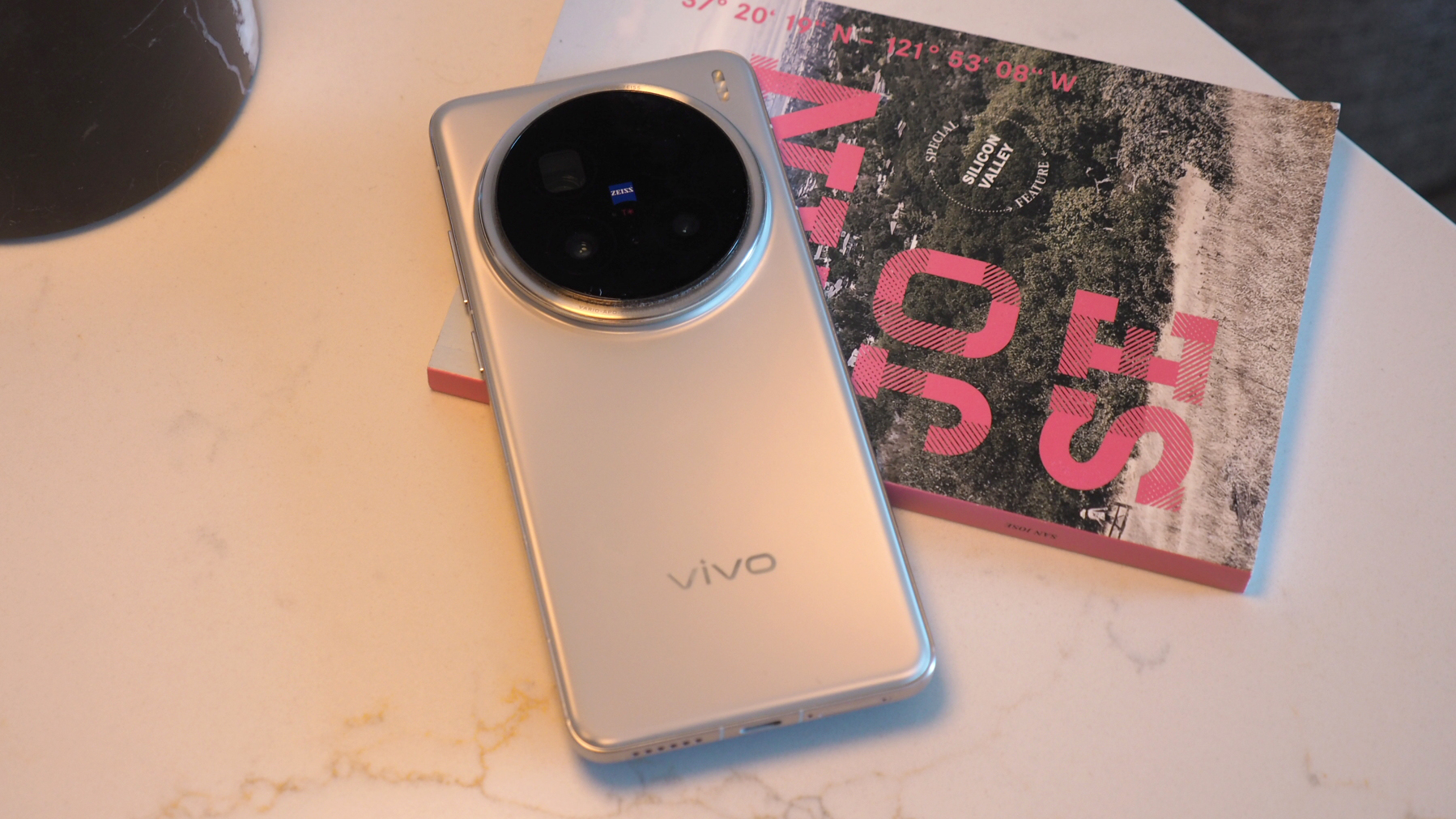 Android phones just got surprise prospective upgrade from MediaTek
Android phones just got surprise prospective upgrade from MediaTekDimensity 9400+ anyone? MediaTek's powerhouse chip just ranked up
By Mike Lowe Published
-
 This Disney Plus favourite had 100% on Rotten Tomatoes last season – here's when the new one is out
This Disney Plus favourite had 100% on Rotten Tomatoes last season – here's when the new one is outIt's an Emmy award-winning show
By Sam Cross Published
-
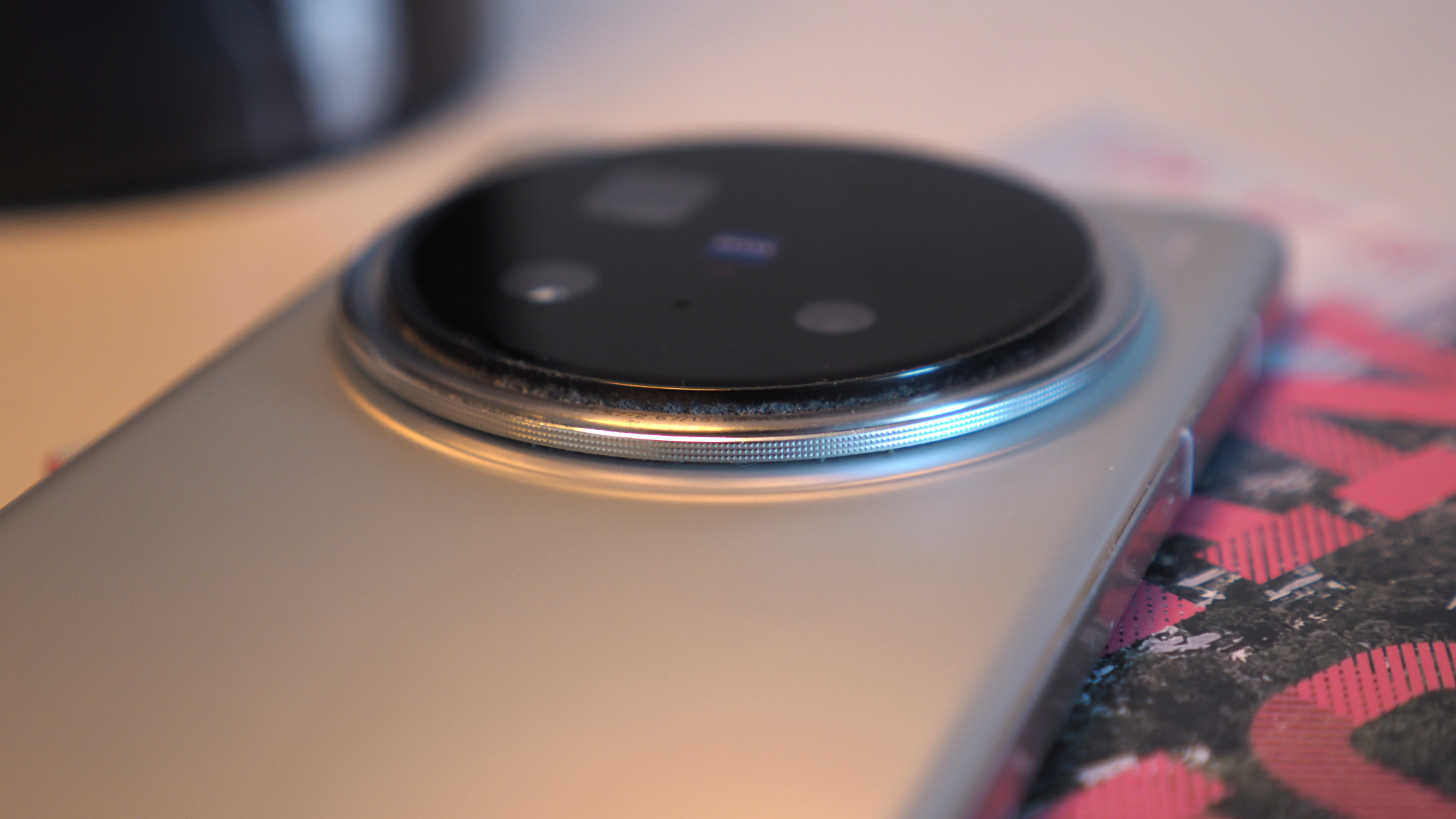 This top Android phone camera just got even better
This top Android phone camera just got even betterThis could take smartphone zoom to a totally new level
By Chris Hall Published
